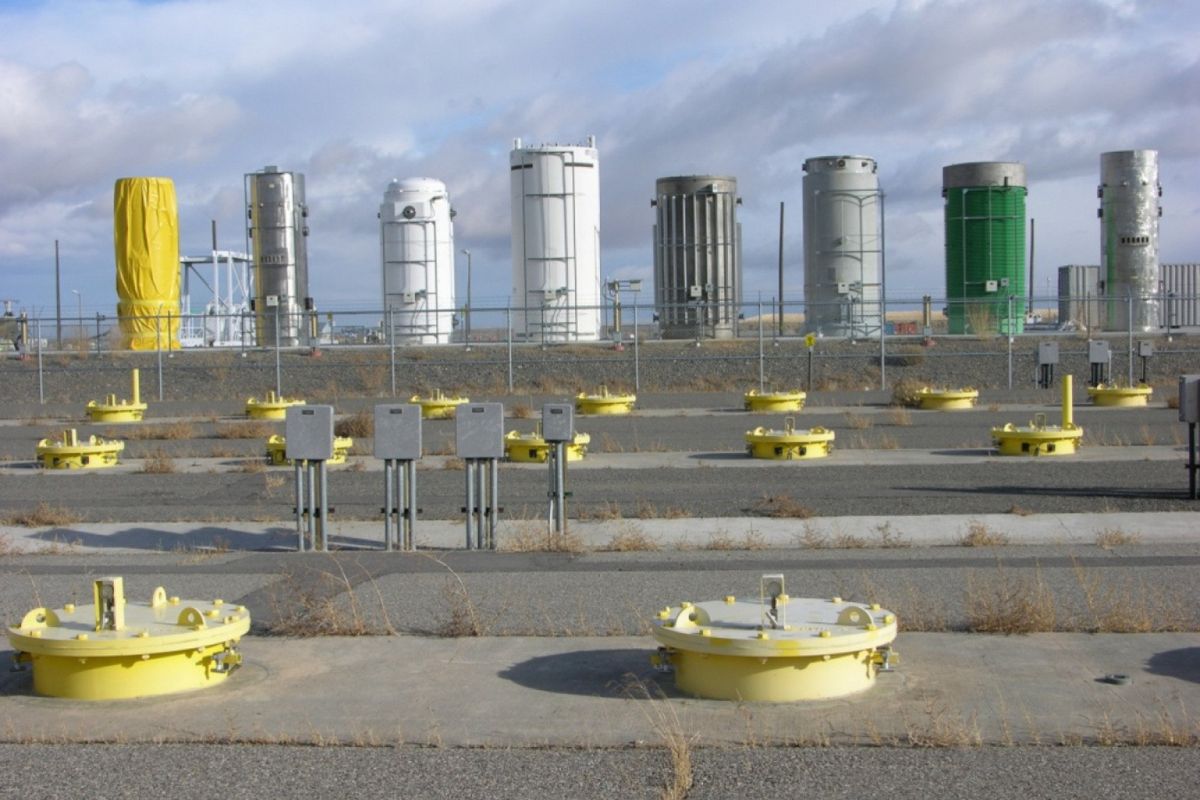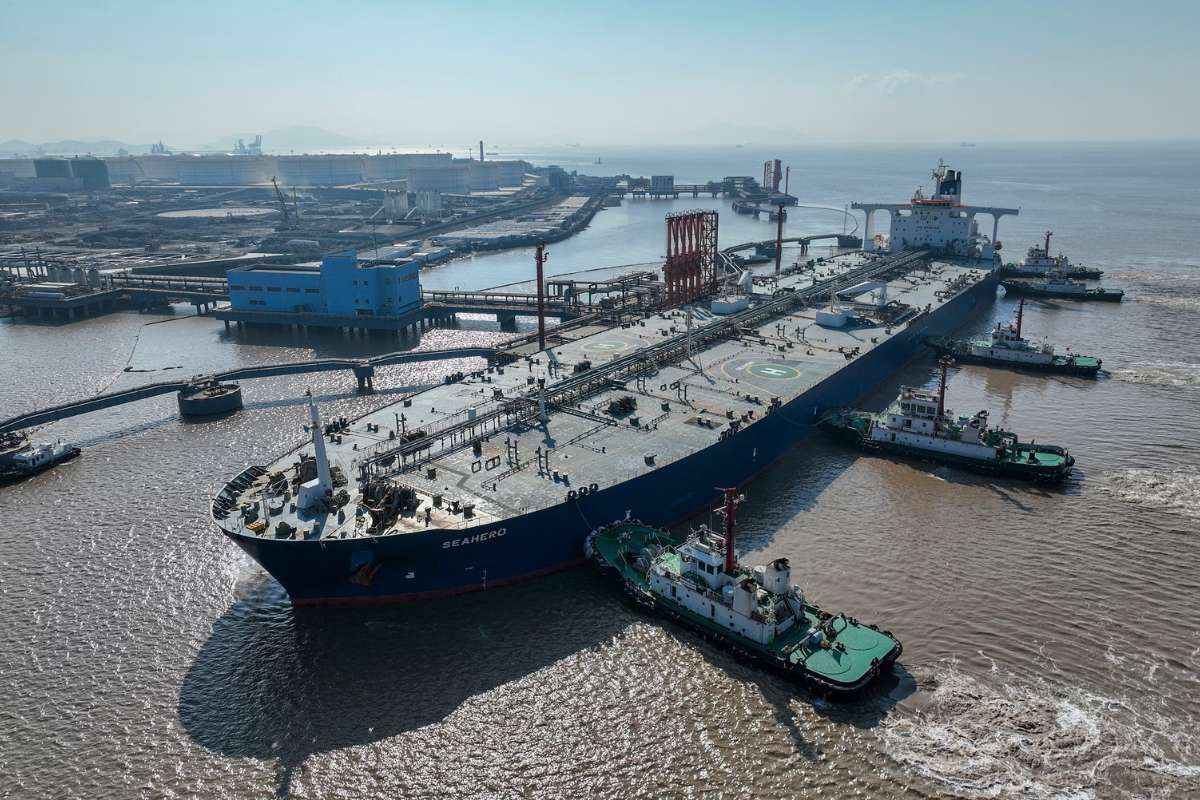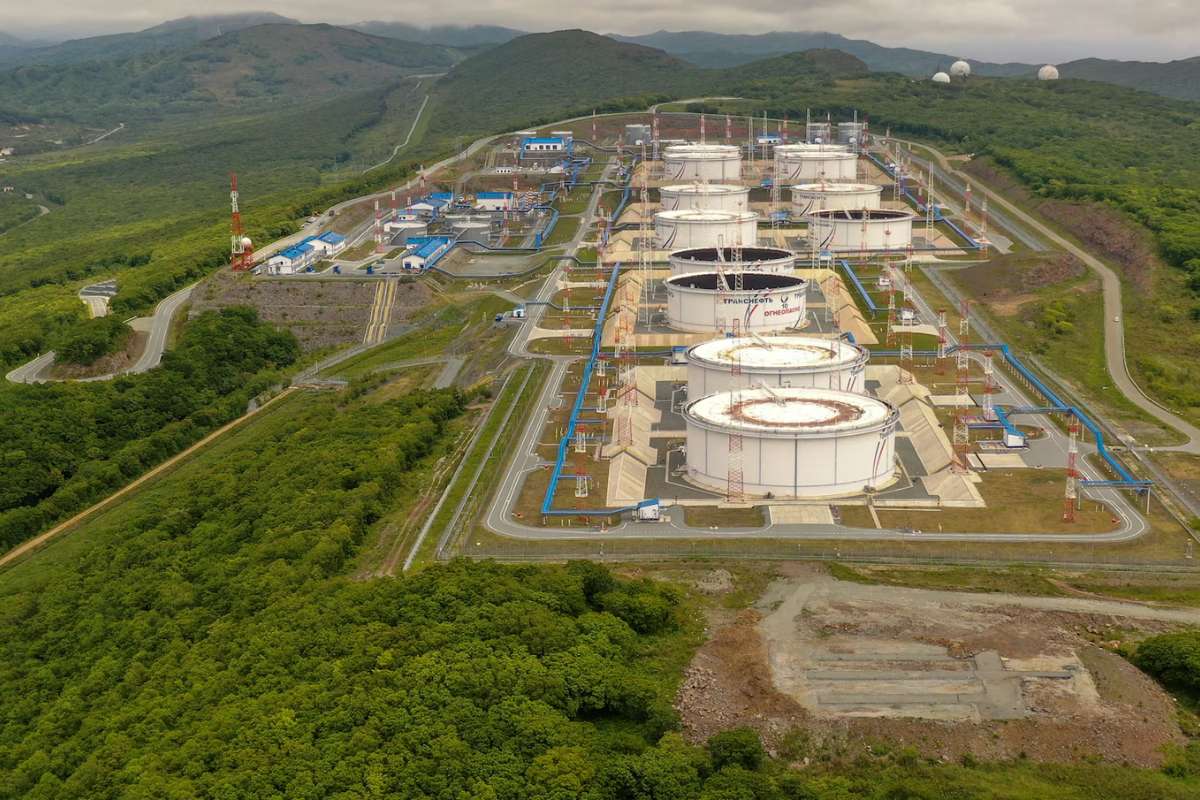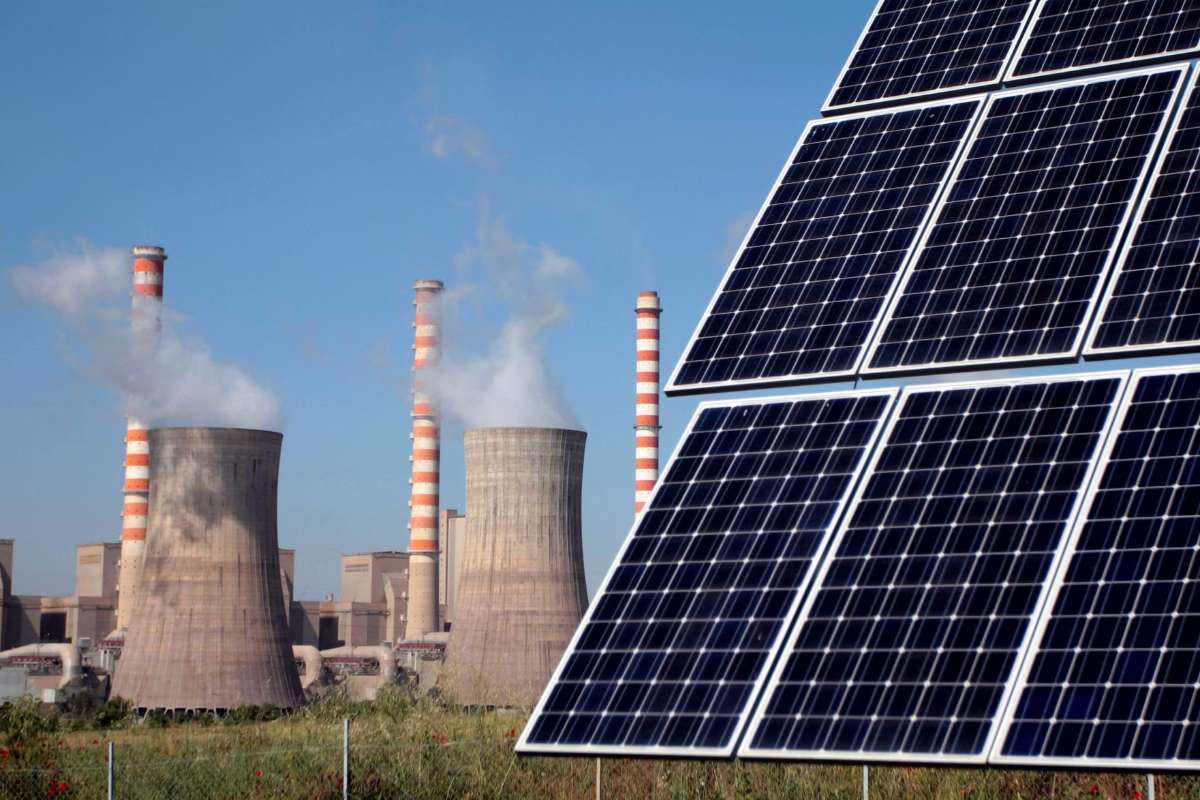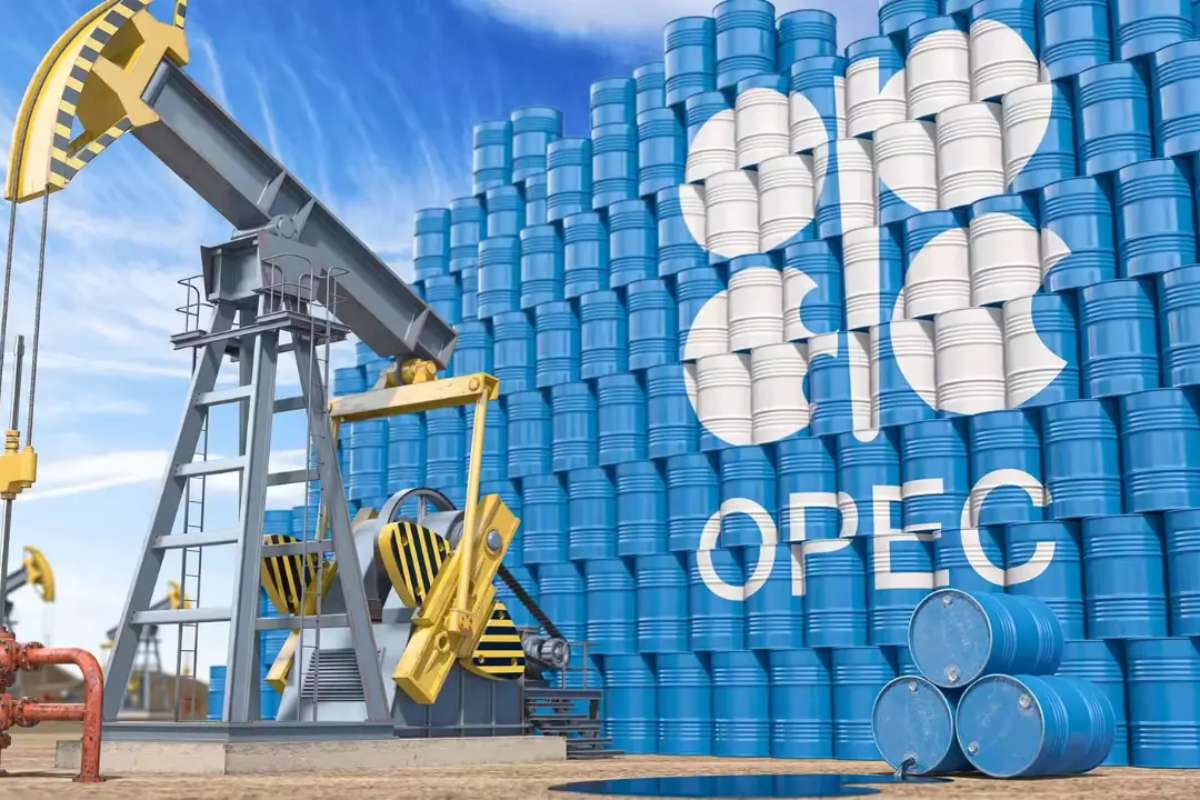Key Points:
- Nuclear waste could be converted into tritium for fusion energy.
- This may ease tritium shortages and reduce radioactive waste.
- Success could fast-track fusion power and shift U.S. energy policy.
Researchers at Los Alamos National Laboratory are proposing a method to transform radioactive nuclear waste into a valuable resource for nuclear fusion, potentially addressing two major challenges in the energy sector: waste management and the scarcity of fusion fuel. The idea was presented this week at the American Chemical Society’s fall meeting, which runs through Thursday.
If successful, the approach could provide a safer, greener path toward large-scale nuclear fusion while reducing the stockpile of nuclear waste currently stored across the United States.
Fission vs. Fusion: How Energy Is Made Today
Most of the world’s nuclear energy is currently produced through nuclear fission, in which uranium or plutonium atoms are split to release energy. Fission powers nuclear reactors that convert heat into electricity but leaves behind hazardous waste that can remain radioactive for thousands of years. This waste requires strict, long-term storage to avoid environmental contamination, according to the U.S. Nuclear Regulatory Commission.
Fusion, on the other hand, generates energy by combining atomic nuclei, a process that naturally occurs in stars such as the sun. While fusion also produces radioactive by-products, experts say they are far less dangerous and degrade much faster than fission waste. This makes fusion one of the most promising avenues for producing clean, safe, and abundant energy in the future.
However, fusion requires rare fuels—most notably tritium, a radioactive form of hydrogen that is both costly and scarce. According to physicist Terence Tarnowsky, who is leading the Los Alamos research, the total global tritium supply is just about 55 pounds, valued at roughly $15 million per pound. That limited stock makes large-scale fusion nearly impossible without a new supply source.
Turning Waste Into Fuel
The Los Alamos team believes that nuclear waste from commercial reactors could help solve this tritium shortage. Using advanced computer simulations, Tarnowsky examined how particle accelerators might convert waste materials into tritium. Unlike fission reactors, which operate continuously through chain reactions, these accelerator-driven reactors could be switched on and off, offering greater safety and control.
Early simulations suggest such a system could produce around 4.4 pounds of tritium annually—comparable to the total yearly output from Canada’s fission reactors, currently the only significant global source of tritium. According to Tarnowsky, just 55 pounds of tritium could power over 500,000 U.S. homes for six months if used in fusion.
In addition to boosting tritium supplies, the process would repurpose thousands of tons of nuclear waste currently sitting in storage across the country. This dual benefit—reducing waste while generating critical fuel—could mark a turning point in how the U.S. manages nuclear by-products.
The Road Ahead for Fusion Energy
Despite the promise, challenges remain. The technology to produce tritium at scale using waste is still in the simulation stage, and Tarnowsky emphasized that more detailed calculations are needed to determine cost-effectiveness. Energy requirements are significant, with each reactor estimated to consume about one gigawatt annually, equal to the power needs of 800,000 homes.
Still, researchers are optimistic. Nuclear fusion made a major breakthrough just two years ago when scientists achieved the first man-made fusion reaction that generated more energy than it consumed. Building on that success, scientists are now exploring how to make fusion commercially viable.
“Energy transitions are a costly business, and anytime you can make it easier, we should try,” Tarnowsky said.
If the proposed reactors prove feasible, they could simultaneously advance the timeline for fusion power and provide a safer method of handling nuclear waste—an innovation that may help reshape the global energy landscape in the decades ahead.
Visit Oil Gas Energy Magazine for the most recent information.

